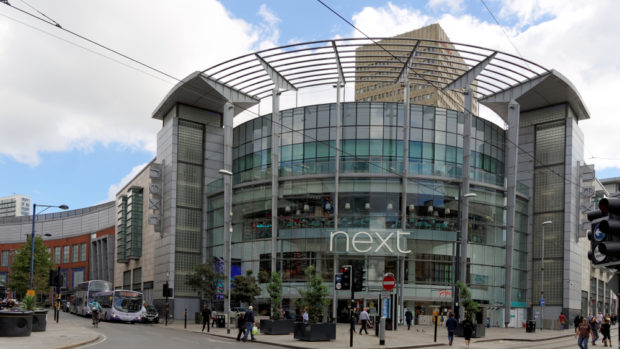
A new report by Softcat, offers a look into the technologies the retail sector is prioritising over the next 12 months.
The findings form part of a report based on the views of over 4,000 customers from 2,900 organisations in the UK and Ireland, across 27 industries in both the public and private sectors.
Produced annually, it reveals the retail sector is prioritising Cyber Security above all technology areas for the second year running, with 55 per cent of respondents saying it is their focus over the next 12 months.
This is not surprising considering the spate of high-profile cyber-attacks affecting retailers in 2023, including JD Sports and WH Smith. These occurrences imply that retail is still a desirable target for cyber criminals, with statistics consistently showing that retail reports many incidents to the data protection regulator.
More robust cybersecurity measures are critical for retail businesses to protect sensitive data, maintain consumer trust, comply with regulations, and safeguard their operations against evolving cyber threats.
Digital Workspace is the second highest priority, with 40 per cent of respondents citing Devices and End User Computing as a key focus for the year ahead. In fact, according to research, nearly eight out of 10 retailers are moving to an omnichannel model, aiming to unite both online and offline shopping.
Retailers strive to provide a seamless and personalised experience to customers, which is why digital workspaces are so important. They enable employees to access real-time data, inventory information, and customer preferences, so they can offer more personalised recommendations and efficient services.
End-user computing technologies also lead to better operational efficiency, shorter wait times, and a smoother overall shopping experience.
The third highest business technology priority is Networking and Connectivity (30 per cent). Strong and dynamic networks will become more important than ever in 2024 as retailers look to deploy digital kiosks and signage, beacons and other technologies.
IT Asset and Service Management (27 per cent) and Data (24 per cent) complete the fourth and fifth positions in retail’s top five 2024 business technology priorities.
Research shows 73 per cent of Consumer Industry CXOs have increased investments in sustainability over the last year. This figure complements Softcat’s findings, as 69 per cent of retail businesses have also recognised sustainability as a key focus area for 2024, up from 19 per cent in 2022.
It’s clear the possibilities offered through technology like blockchain, and artificial intelligence are helping retailers forward in their sustainability initiatives, increasing the level of traceability and transparency across a retailer’s entire supply chain operations.
Retail’s top priorities make perfect sense, when examining the main challenges listed by the industry, which are People (45 per cent), Commercial Risk (42 per cent) and Technology Experience (32 per cent).
As we know, the commercial risks caused by cyber-attacks are huge and can have severe financial consequences. On average, a data breach in the retail sector costs around US$5.66 million, so it’s clear why Cyber Security is the industry’s top priority next year.
In the same vein, it’s clear why there is an increased business technology focus on Devices and End-User Computing, when Technology Experience is listed among the industry’s top three biggest challenges.
More than 90 per cent of consumers use technology like mobile devices and apps, when they shop. Previously, networks only needed to support limited store functions, like point-of-sale systems.
However, most retail networks are now expected to provide the connected consumer with Wi-Fi access and support several other touchpoints and systems to deliver a premium experience.
Richard Wyn Griffith, chief commercial officer, commented on the findings: “As we continue to navigate the ever-changing landscape of technology, it is essential that we remain vigilant and adaptable. The past year has seen global unrest, but it has also presented us with countless technological opportunities for growth and innovation. By taking a measured and strategic approach, we can effectively manage the risks associated with emerging technology, while also seizing the opportunities that it presents. We must remain proactive in our efforts to safeguard against cyber threats, integrate AI into our operations, and build digital resilience.
“Only by embracing change and remaining steadfast in our commitment to progress can we hope to thrive in this new age of digital transformation. I look forward to continuing to work with our customers towards a brighter future!”








Share